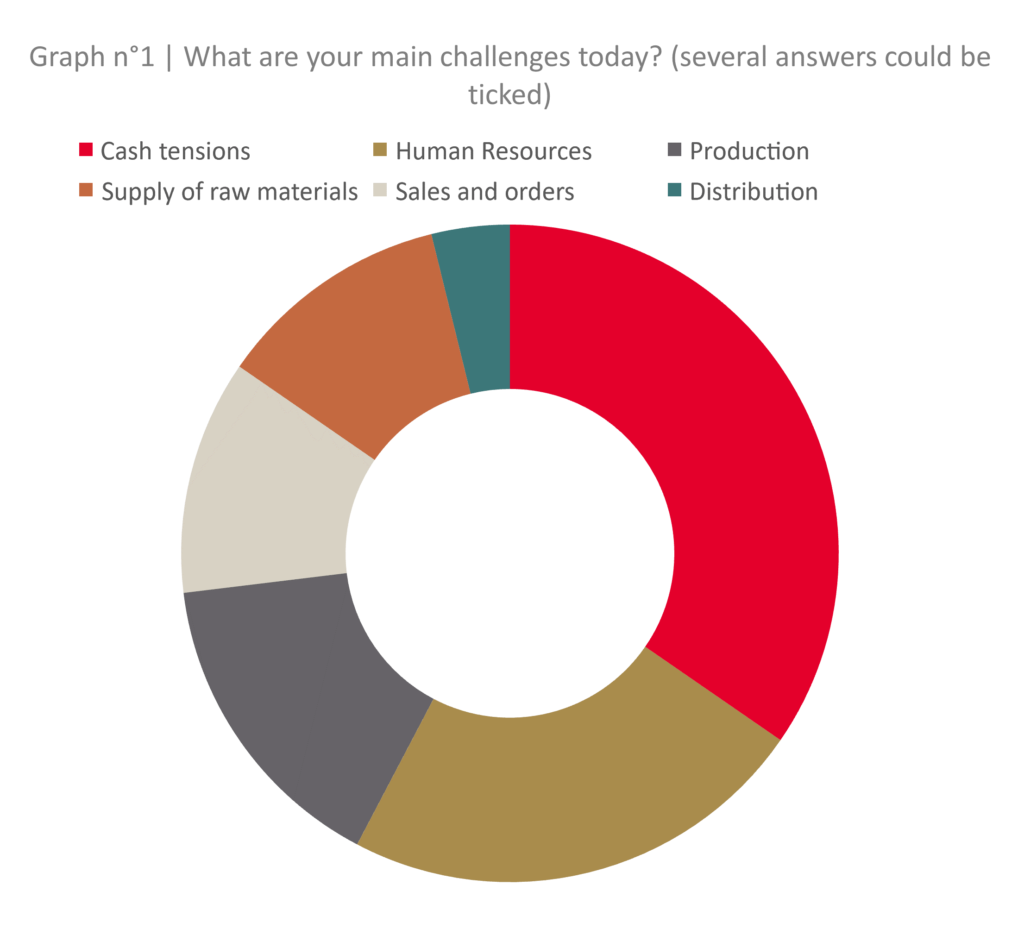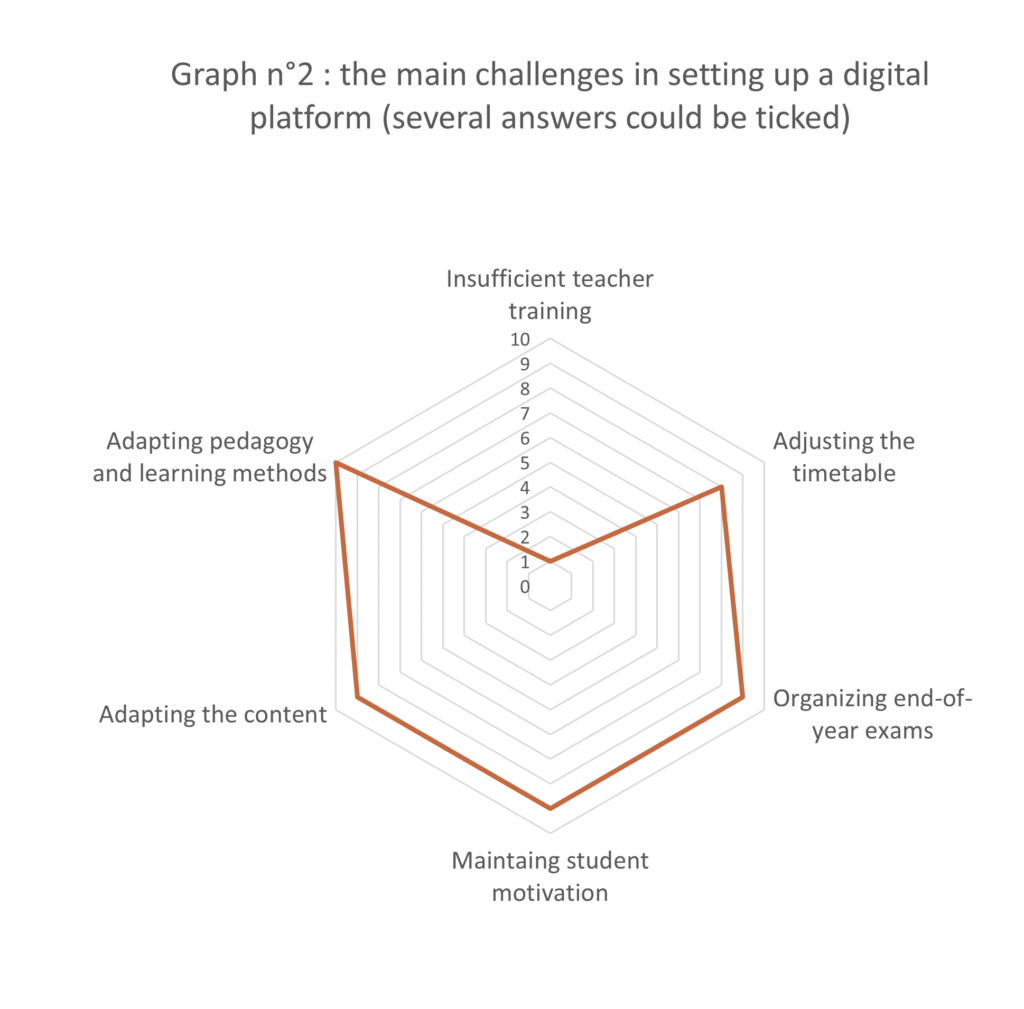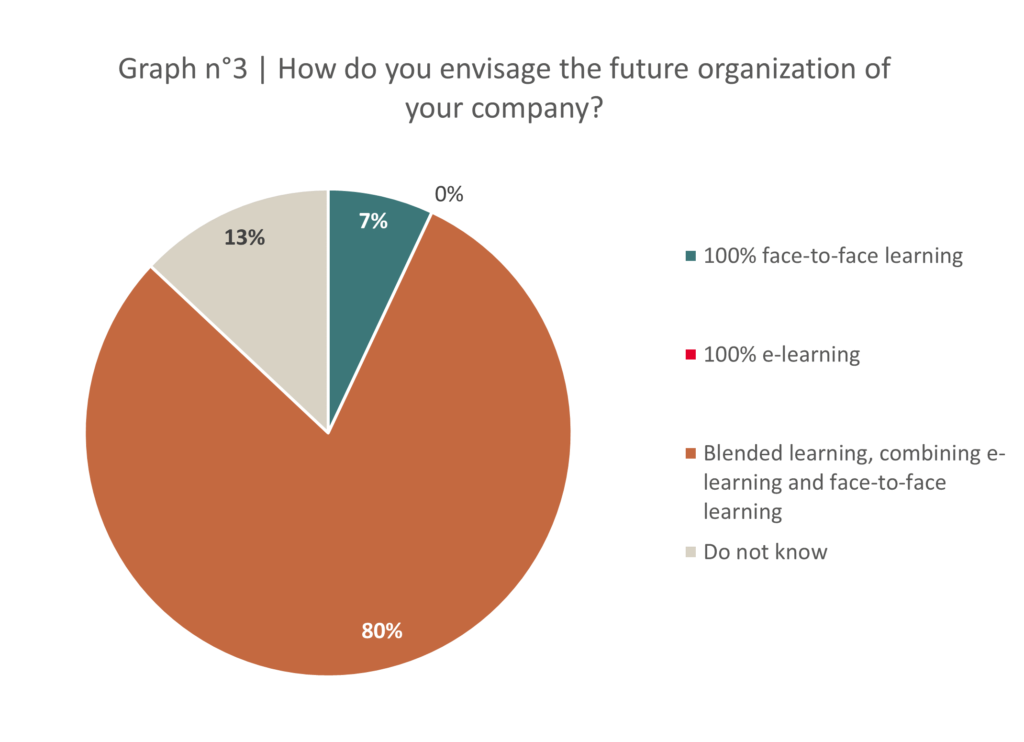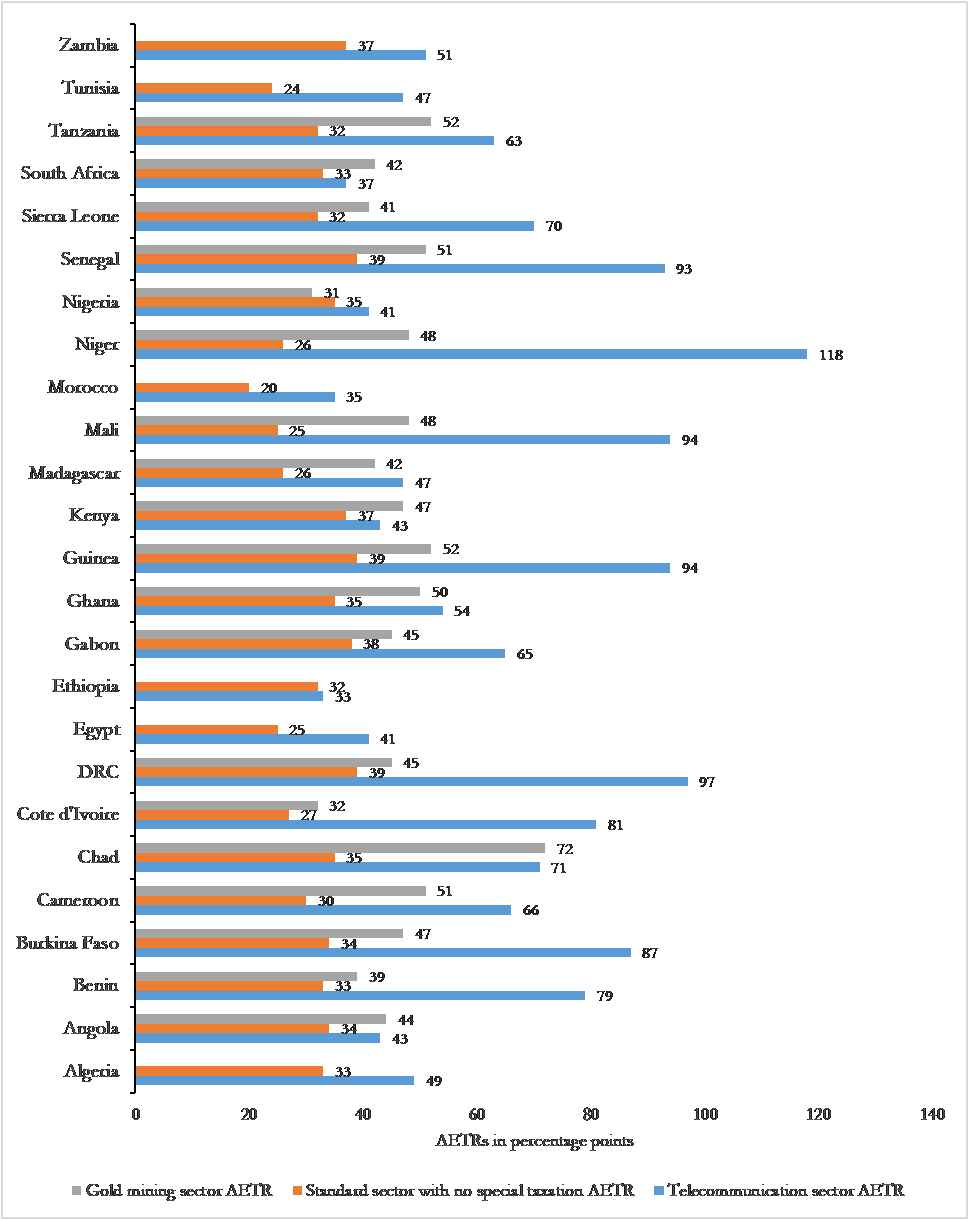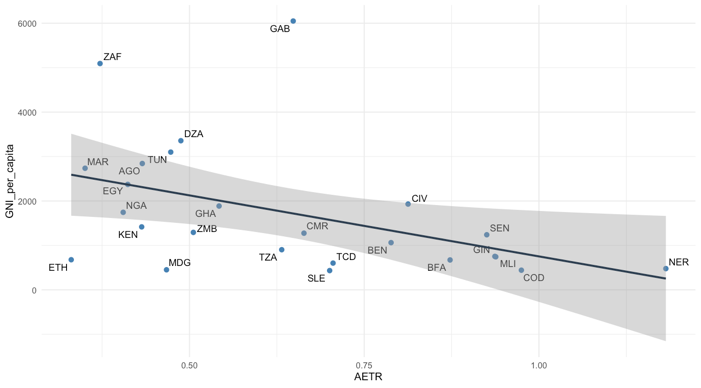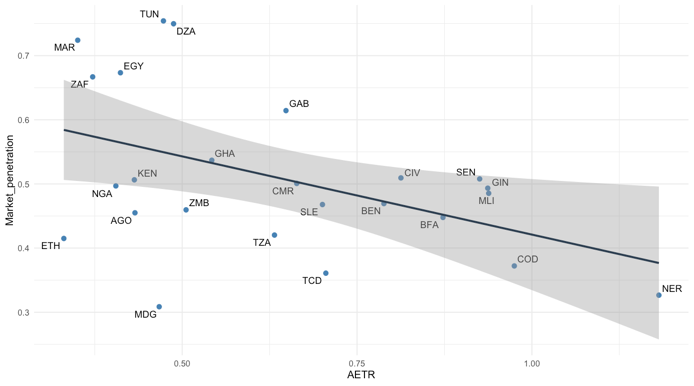This article was co-written by Ksapa and Investisseurs & Partenaires, and is also published on their website. The gender question is at the heart of the international debate. The eradication…
This article was co-written by Ksapa and Investisseurs & Partenaires, and is also published on their website.
The gender question is at the heart of the international debate. The eradication of discrimination against women and girls, the women’s empowerment and the parity between women and men are considered as key factors of development, respect of human rights, peace and world security. The Sustainable Development Goals have reaffirmed the key role of women’s empowerment in the democratic process, in order to take the necessary decisions on all aspects of sustainable development.
As such, Ksapa approached Investisseurs & Partenaires, a specialist in impact investing across the African continent, to discuss the implications of gender empowerment for the private sector. Together, we examine key figures on the challenges of gender empowerment, demonstrating its prevalence in rural areas of the African continent. Under the current conditions, how they can businesses and investors embed a solid gender perspective as part of their impact strategies to better address the challenges of the gender empowerment. Based on different initiatives led by Ksapa and I&P, we infer practical recommendations for mobilizing capital in favor of gender empowerment.
1. Key Issues in Gender Empowerment
Gender empowerment implies, in essence, the equitable distribution of resources between men and women – as well as girls and boys. That is, in principle. In practice, gender empowerment may clash with deeply entrenched social attitudes – themselves translating into equally structural social, economic and cultural decisions.
- Structural Disparities Between Men And Women
Men and women just like boys and girls are indeed not equal in the face of poverty and in their access to opportunities. Even less so in the context of interwoven climate, health and socioeconomic crises. Women account for less than a third of available human capital wealth in low and lower-middle-income countries. In South Asia, losses due to gender inequality are estimated at $9.1 trillion, compared to $6.7 trillion in Latin America and the Caribbean and $3.1 trillion in the Middle East and North Africa. In sub-Saharan Africa, they amount to $2.5 trillion. As such, the OECD publishes the social institutions and gender equality index, designed to measure, discrimination against women in social institutions at the international level. For example, in 2019, this index was 37.0 in Senegal, 42.8 in Côte d’Ivoire and 34.5 in Ghana.
- Socio-Economic Impacts of Gender Empowerment
Despite heavy stigma, women now control 32% of the world’s wealth and generate an additional $5 trillion each year – at a much faster rate than in the past. In addition, for every dollar of investment raised, women-owned startups generate $0.78 in revenue, compared to $0.31 for male-led companies. As a result, gender parity in the workforce could generate a 26% increase in annual global GDP by 2025.
- Zeroing in on Women in the African Agricultural Sector
Agriculture accounts for nearly 25% of Africa’s gross domestic product. In sub-Saharan Africa in particular, women make up nearly half of the workforce in this sector.
Across the continent, agriculture is the largest employer of women, accounting for 62% of the female workforce. In certain countries like Rwanda, Malawi and Burkina Faso, more than 90% of women work the land.
Female farmers’ work in Africa as elsewhere is subject to critical disparities – notably in terms of the division of labor and prevalence of informal work. In African agriculture, women tend to opt for specific crops and techniques and their work is not equally rewarded. When their work is in fact subject to a formal contract, the latter does not necessarily bear their name, often in favor of their husbands. Similarly, female farmers tend to be involved in local markets and retail trade, where men are generally more involved in wholesale trade, with a region-wide scope.
2. Embedding a Strong Robust Gender Perspective in Impact Investment Strategies
Poverty alleviation and food security depend directly on the development of systematic solutions for gender empowerment. The African agricultural sector’s capacity to nurture stable livelihoods hinges on innovative measures designed to foster farmers’ access to land, capital and means of production – especially where women are concerned.
That is precisely why the World Bank developed a gender strategy for international project developers. The document lists 4 key levers to reduce gender gaps:
- Awareness-Raising: Improve gender gaps by reducing access differentials in health, education and social protection (e.g. school/work transitions, gender stereotypes in the workplace, sexual and reproductive health rights…).
- Opportunity: Remove barriers to further and better employment, boosting women’s participation, their opportunities to generate their own income and access to productive assets (keeping in mind key considerations of the burden of care, access to mobility and formal employment…).
- Empowerment: Strengthen women’s voice and empower them by encouraging men and boys to share decision-making processes around delivering services, reducing gender-based violence and managing potentially conflictual situations.
- Property: Remove barriers to women’s ownership and control of property, effectively improving their access to land, housing and technology.
Based on this strategy, investors – and development teams in particular – are encouraged to consider the means to engage with their potentially impacted stakeholders. That way, they may indeed better identify and assess concrete gender gaps; a series of efforts ultimately encompassed in a gender action plan.
3. Practical Examples of Capital Mobilization in Favour of Gender Empowerment
- Introducing 3 Agricultural Businesses Supported By I&P
For the last two decades, Investisseurs & Partenaires has committed to financing and supporting the emergence of African entrepreneurship champions. As an impact investor, I&P seeks a positive social and/or environmental return in addition to a significant financial performance, the impact of which is measured through a continuous evaluation process.
This approach is applied both in selecting potential investees and in the support afforded to the selected companies. It is also characterized by the Group’s emphasis on measuring investees’ social and/or environmental impact, based on priority objectives and progress monitoring methods against the projected positive impacts.
As part of its gender strategy in particular, I&P actively seeks to develop a pipeline of small and medium enterprises, either managed by women or with a major impact for women. I&P therefore systematically includes gender-specific action plans in its portfolio companies’ ESG action plans (with increase targets on the number of female employees, access to management positions, specific training, etc.). As such, 33% of the companies supported by I&P are managed by women.
Similarly, 79% of I&P’s portfolio meets at least one of the criteria of the 2X Challenge, an initiative of development banks to define what would be considered a women-friendly investment.
Within the I&P portfolio, the three following companies illustrate how a gender perspective can be developed and adapted to the agriculture sector:
-
- Soafiary (Madagascar): Founded in 2006 by Malagasy promoter Malala Rabenoro, Soafiary specializes in the collection, processing and sale of cereals (corn, rice) and legumes (beans, cape peas, lentils, soybeans) on the local and international market.
- Citrine (Côte d’Ivoire): Citrine Corporation processes and transforms cassava into fresh attiéké (cassava semolina) and placali (cassava paste) in southern Côte d’Ivoire and more specifically in Grand-Bassam.
- Rose Eclat (Burkina Faso): Rose Eclat is a family business launched in 1999 by Rosemonde Touré. A fruit and vegetable processing company, the company markets nationally and internationally processed and/or dried fruits and vegetables. It produces mainly mango but also bananas, okra, strawberries and onions – which are certified organic and comply with the food safety management system (HACCP).
- Commonalities and specificities of I&P Investees
Emblematic of I&P’s work on gender empowerment in the agriculture sector, all three companies are committed gender equality and empowerment. Soafiary in particular translated this policy into a roadmap that encapsulates its commitments to gender equality and empowerment. This written document indeed outlines the company’s gender policy, as a concrete tool to monitor– both internally and externally – progress made and measures implemented by the company to foster gender equality.
All three companies prioritize the recruitment of women for seasonal jobs and do not apply any form of gender discrimination in recruiting for permanent jobs. Women are also involved in the corporate decision-making processes and hold various positions of responsibility. As a result, men and women have equal opportunities for career advancement, either by tapping into permanent or seasonal employment – all of this with comparable pay. Women also benefit from on-the-job training. Rose Eclat additionally gives women the opportunity to train outside the company for career advancement or to become self-employed.
The three companies also emphasize women’s physical and moral integrity in and outside of the workplace, ensuring they can access healthcare and social protection. Soafiary also set up a financial inclusion and banking system specific to women. Access to financial products and services allows women to anticipate the financing of their long and medium-term goals or to face unexpected events. Moreover, savings begets credit and vice versa.
- Shared Perspectives with Ksapa’s SUTTI Initiative
Echoing I&P’s focus on training, Ksapa launched the Scale-up Training, Traceability, Impact initiative (SUTTI) for the development of responsible agricultural supply chains. Through this new platform, smallholders can access technical and operational training and education. The goal is optimize their crop and agricultural economic production, improve the quality of their livelihoods by increasing their income, diversifying activities and reducing poverty. Not only does this foster gender parity, it is also key to retain young farmers in rural areas.
Through the development of our own digital application, we combine analysis and evaluation, coalition structuring and pilot calibration, program implementation and impact monitoring. That is indeed how Ksapa measures SUTTI impacts and its contributions to gender empowerment in particular, in the form of their inclusion into the program. Through training, SUTTI supports gender empowerment, opening up the conventional division of labor and women’s potential to sell and manage the product of their labor and operate diversified income activities.
Because women bear the brunt of lacking financial inclusion, literacy and digital literacy, the SUTTI solution targets optimal accessibility for women. The program indeed focuses on diversifying smallholders’ income, thereby developing additional leverage for gender empowerment in agricultural areas.
In short, this approach aims to unlock the following 4 key challenges:
| CORE ISSUES | RELEVANT SOLUTIONS |
| Low productivity tied to lacking access to information and services as well as climate change, major weather variability and pest and disease outbreaks | Good Agricultural Practices (GAP) Awareness: Deliver face-to-face and digital sessions to support smallholders’ income generation through crop diversification, water efficiency and perhaps carbon credits. Through a digital application, videos and tutorials can indeed be shared that support practical tests and the direct implementation of GAPs across the farm. Decision support tools: digital apps can include a community chat feature that allows smallholders to share questions and decide how best to implement GAP. A marketplace function offers smallholders the opportunity to share price/volume information and decide just where and when to sell. Overcoming language and digital literacy barriers: Tailoring solutions to the needs of smallholders involves translating content into local languages and perhaps including a text-to-speech feature for the benefit of less literate farmers. |
| Lack of access to appropriate financial/insurance products | Develop financial solutions for smallholders, paid for example with tokens issued through a carbon offset system. |
| Women’s lacking access to digital services | Organize women-specific training groups (e.g., recruit 1 all-female cohort for every 3) to identify and meet the particular needs of female farmers. Adapt content accordingly (e.g., including gender perspectives, especially targeting on-farm health and safety training content). |
| Smallholders lacking access and ability to select markets and sales methods | Structure a supply of inputs to smallholders, paid for instance via carbon offsets and revenue from a gamification tool – encouraging them to regularly fill-out impact monitoring questionnaires. Boost market access by supporting year-round crop diversification outside the production cycle of farmers’ main crop. Strengthen decision support tools – allowing smallholders to identify new marketing channels, track their transactions and identify the best options for buying/selling their crops |
Conclusion
At the helm of their respective impact programs, I&P and Ksapa outline the following commonalities in their integration of a robust strong gender perspective as part of the impact investment strategies:
- Prioritize gender empowerment in designing agricultural development projects;
- Identify the agricultural sector’s direct and indirect contributions to gender dynamics;
- Clarify the roles and responsibilities in developing a robust gender perspective;
- Allocate specific resources to empowering female farmers;
- Develop stakeholder engagement and grievance mechanisms specific to female farmers.
